Why 2025 Is a Great Year to Start Dropshipping
The global dropshipping market is booming – valued at $365.7 billion in 2024 and projected to exceed $1.2 trillion by 2030. U.S. dropshipping is growing ~20% annually. Advances in e-commerce and AI-powered automation (inventory syncing, dynamic pricing, chatbots) make it easier than ever to launch a store. Because dropshipping requires little upfront investment (no inventory to buy) and platforms are beginner-friendly, many new entrepreneurs flock to this model. For example, 43% of U.S. shoppers prefer buying online, opening huge opportunities for dropship stores. With consumer demand strong, low startup costs, and steady interest (peaking in early 2025), now is an ideal time to begin.
How to Choose the Best Dropshipping Platform for Beginners
Choosing the right platform means weighing ease of use, cost, and features. Look for:
-
Product Catalog & Suppliers: A diverse, quality product range. Wide supplier networks (US/EU warehouses) mean faster shipping.
-
Automation: Inventory syncing and one-click import reduce manual work. Platforms should auto-forward orders to suppliers.
-
Integrations: The platform must integrate with your store and marketplaces (Shopify, WooCommerce, Amazon, etc.). Popular dropshipping apps (DSers, Spocket, Printful, etc.) should plug in easily.
-
Pricing Structure: Compare subscription fees, transaction fees, and per-order costs. Some all-in-one platforms charge a monthly fee (Shopify, Spocket), while self-hosted solutions (WooCommerce) have no platform fee but require hosting.
-
Shipping Options: If targeting U.S. customers, fast domestic shipping is key. Platforms with U.S./EU suppliers (Spocket, Zendrop, CJdropshipping) offer 3–7 day delivery.
-
Customization & SEO: A good platform lets you fully brand your store and optimize for search engines. Hosted solutions (Shopify) are very user-friendly, while open-source options (WooCommerce) offer deeper control over design and SEO.
-
Support & Community: Reliable customer service and active user forums can help beginners troubleshoot issues.
-
Transparency: Watch for hidden fees. The platform should clearly state any charges (order fees, app costs).
In sum, pick a platform that balances low friction (easy setup, quick integrations) with scalability (room to grow, additional apps). As one guide notes, compare product selection, automated order processing, competitive pricing, seamless e-commerce integration, quality control, and support.
Top 10 Dropshipping Platforms for Beginners
1. Shopify – Best All-Rounder for New Stores

Shopify is a hosted, all-in-one platform renowned for ease of use. It handles hosting, security, and payments out of the box, with a drag‑and‑drop site builder even non-techies can master. Beginners benefit from 24/7 support and a vast app store full of dropshipping integrations (CJdropshipping, Spocket, Modalyst, Printful, etc.). You can launch a store and import products in minutes. Shopify scales easily as you grow.
-
Advantages: Intuitive interface (no coding needed); thousands of themes; built-in payment options; large dropshipping app ecosystem; reliable hosting and SSL included.
-
Disadvantages: Monthly fees (Basic plan ~$25–30/mo) and extra charges if not using Shopify Payments; limited deep customization compared to open platforms; apps and themes can add cost. Over time, fees may rise as you add features.
Recommended for new dropshippers who want a quick, supported setup and are willing to pay for convenience.
2. WooCommerce (WordPress) – Best if You Want Control & Low Fees
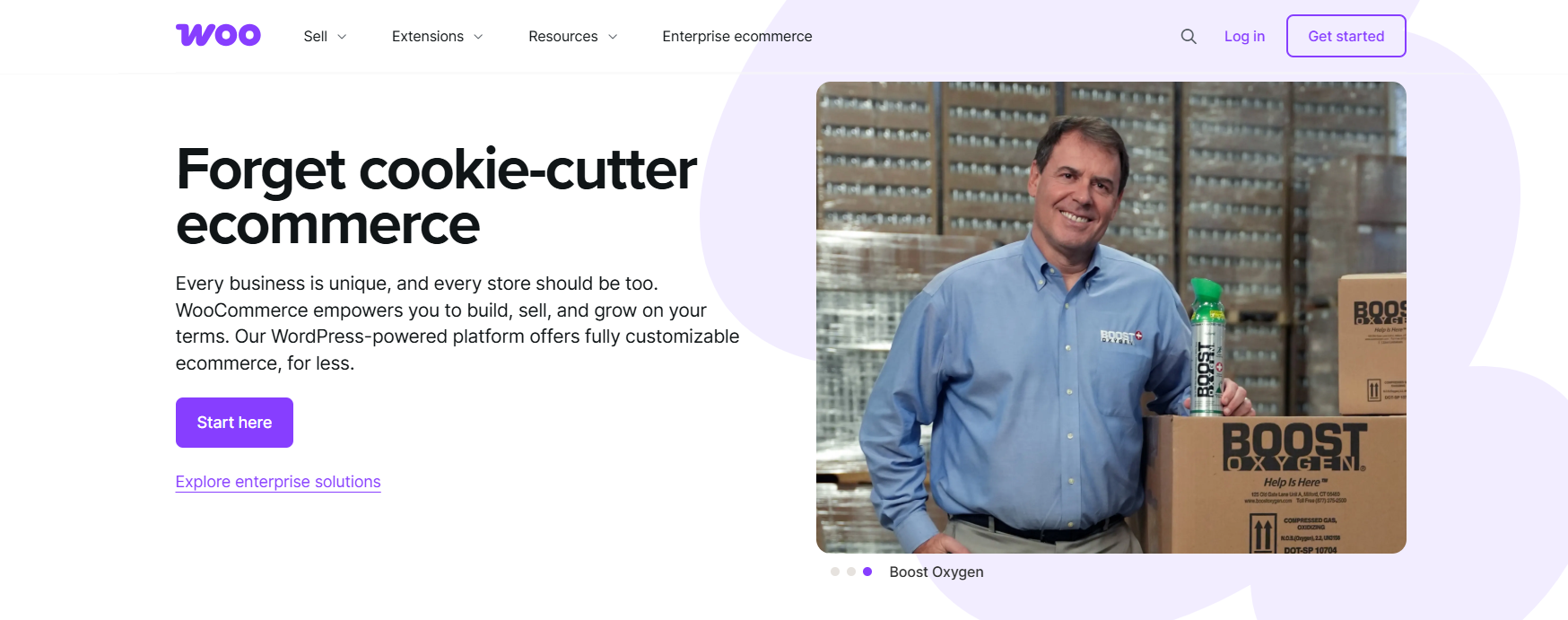
WooCommerce is a free, open-source WordPress plugin that turns any WP site into a store. It gives maximal control: full access to the code, design, and checkout flow. There are no platform transaction fees (only your payment gateway fees). Plus, a huge community of developers means thousands of plugins for dropshipping (AliDropship, WooDropship, DropshipMe, etc.) and marketing. This makes WooCommerce a budget-friendly choice: beyond hosting, you pay only for specific plugins you need.
-
Advantages: Highly customizable; SEO-friendly via WordPress; no monthly platform fees; vast plugin/add-on ecosystem; suitable for complex stores.
-
Disadvantages: Requires more technical setup and maintenance (web hosting, WP updates, security). Beginners must manage backups, SSL, and performance. No official support team; you rely on community forums. Performance can lag without optimization.
This is ideal for tech-savvy beginners or those with developer help, especially if keeping costs low is a priority.
3. CJdropshipping – Best for Global Sourcing & Wide Catalogs

CJdropshipping is a China-based supplier platform that has expanded worldwide. It offers 50+ warehouses in the US, EU, and Asia for faster shipping. CJ handles sourcing, quality checks, fulfillment, and shipping for you. It’s free to join (no monthly fee); you pay only per order. The dashboard includes trending product insights and automation tools (auto-ordering, inventory sync).
-
Advantages: Very fast shipping (3–7 days to major markets via local warehouses); supports private labeling (custom packaging, inserts); free product sourcing and even video shoots for marketing. Powerful automation and profit dashboards streamline operations. No order minimums or membership fees.
-
Disadvantages: The platform interface can be daunting for novices.
Recommended for store owners targeting international markets who need speed and branding options.
4. Amazon Dropshipping (Seller Central) — Pros & Cons for Beginners
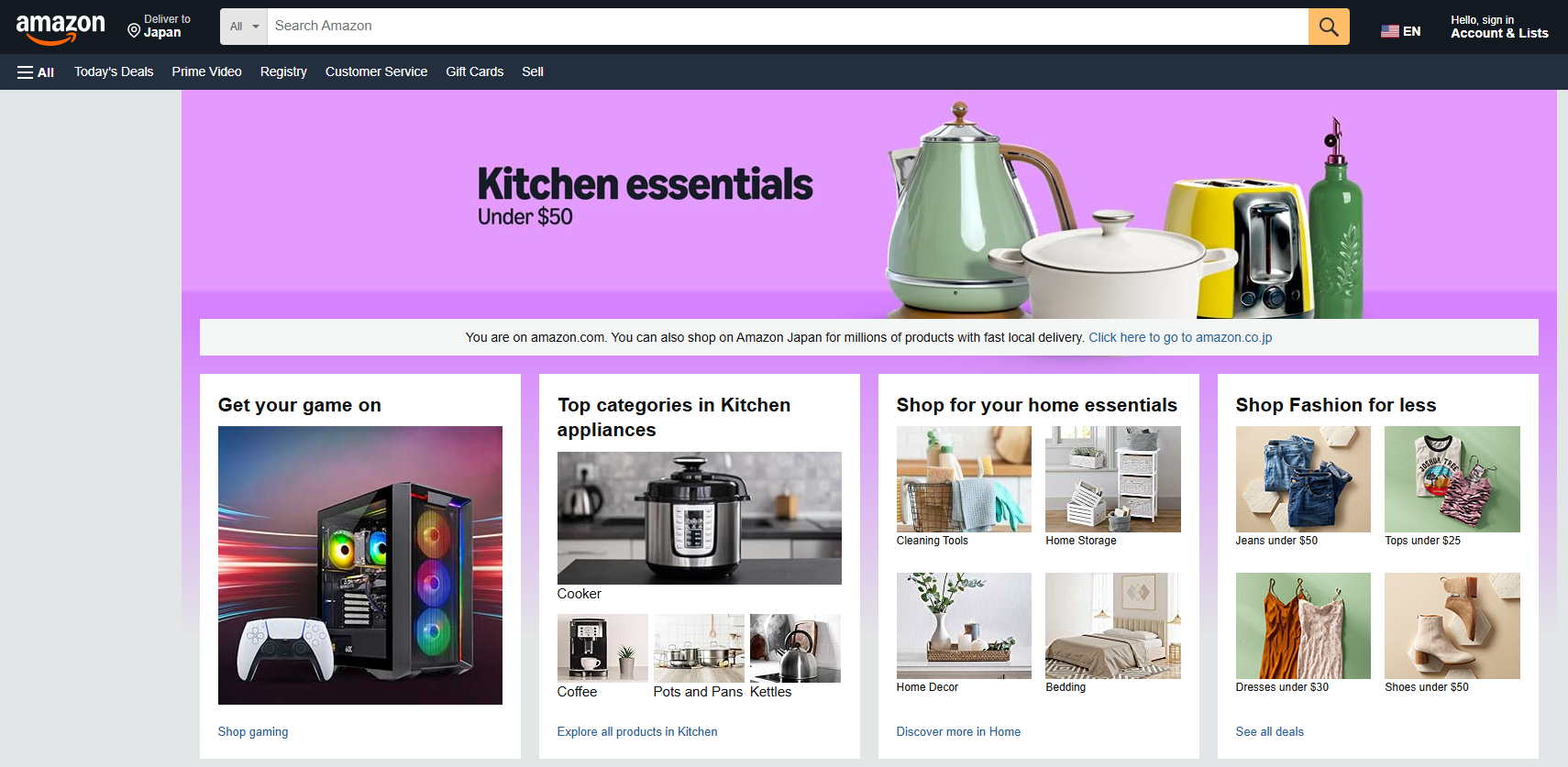
You can dropship on Amazon by signing up as a seller and sourcing products from third-party suppliers. Amazon strictly requires you to be the seller of record: all packaging and invoices must list your store only, and you must handle customer service and returns.
-
Advantages: Access to Amazon’s huge customer base (60% of Amazon sales are from independent sellers), brand trust, and Prime-level traffic (if you use FBA). No upfront inventory costs and you only pay the $39.99/mo Professional selling fee (plus referral fees). Amazon’s logistics infrastructure means rapid shipping and easy global expansion.
-
Disadvantages: Tough policies: no supplier branding allowed on packages, and late orders or returns are penalized. Competition is fierce on Amazon, driving prices down. You have limited control over shipping speed unless you pre-purchase FBA inventory. Account suspension risk is higher if rules aren’t followed. Amazon fees (monthly subscription + 6–15% referral) can eat margins.
Amazon dropshipping can be profitable but is more complex for beginners than standalone stores. Strict adherence to Amazon’s policy is a must.
5. DSers (AliExpress integration) — Best for Low-Cost Product Sourcing
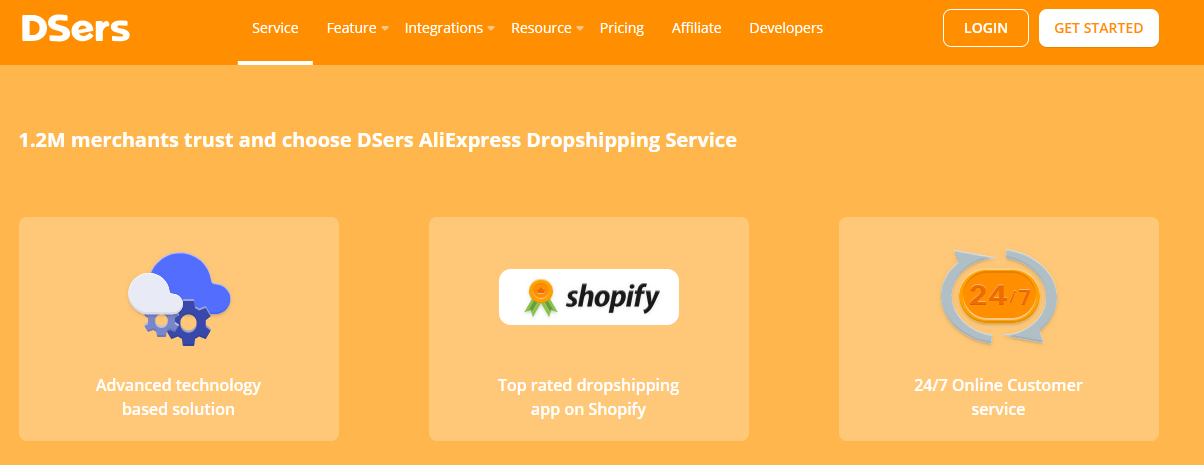
DSers is the official AliExpress dropshipping app (the successor to Oberlo). It links your Shopify (or WooCommerce) store to AliExpress, letting you import from 100+ million products worldwide. The free plan allows up to 3,000 products, with automated ordering. It greatly simplifies finding and syncing AliExpress items.
-
Advantages: Huge product variety across all niches and ultra-low wholesale prices. Simple one-click importing of products and bulk order processing. You only pay for items after you sell them, keeping startup costs minimal.
-
Disadvantages: AliExpress suppliers often ship from Asia with long delivery times (10–30 days). Many sellers use AliExpress, so you’ll face stiff competition on common items. Product quality varies, so vetting suppliers is crucial. DSers itself is feature-rich but the product sources can be unpredictable.
Best for beginners on a budget who want maximum product options. The downside is slower shipping and crowded markets.
6. Printful / Printify — Best for Beginners Who Want POD
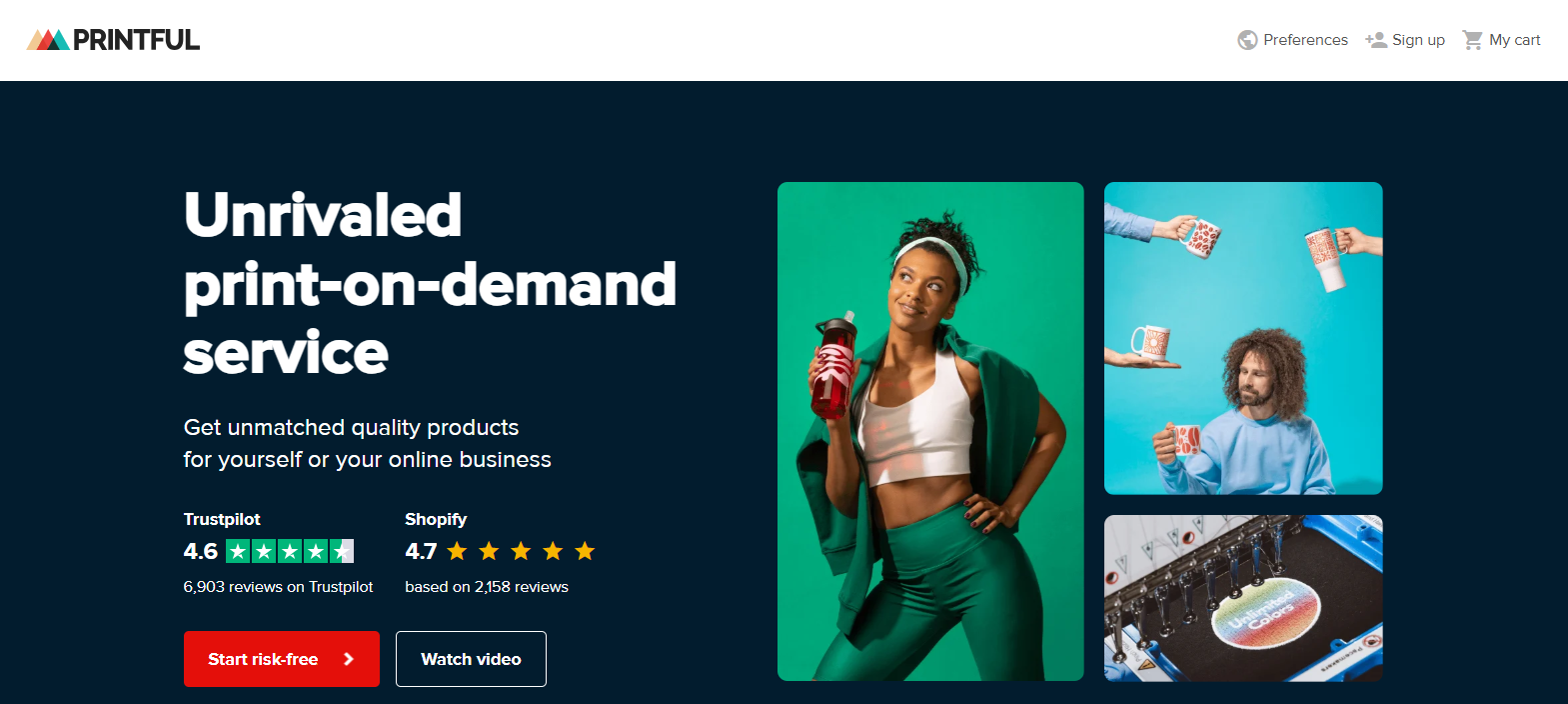
Printful and Printify are print-on-demand (POD) apps that integrate with any store (Shopify, WooCommerce, etc.). They let you sell custom-designed apparel, accessories, and home goods without inventory.
-
Printful: Known for high quality and branding. Printful owns its printing facilities, offering branded packaging, custom labels, and premium mockups. It’s ideal if you want a polished, branded look (for example, fashion labels).
-
Printify: Boasts a massive catalog (1,300+ products) via a network of global print providers, often at lower prices. It’s cost-effective for testing many products.
-
Advantages: Low startup risk (no inventory), full creative control (design anything). Both support global fulfillment and connect with Etsy, Amazon, etc.
-
Disadvantages: Lower profit margins (printing & fulfillment costs). You handle artwork & design. Shipping times depend on print location (5–15 days typically). Printful has fewer products but more quality control; Printify offers more products but with variable printer quality.
Recommended for creative entrepreneurs who want to sell custom products. They pair well with Shopify and WooCommerce.
7. Spocket — Best for US/EU Fast-Shipping Suppliers
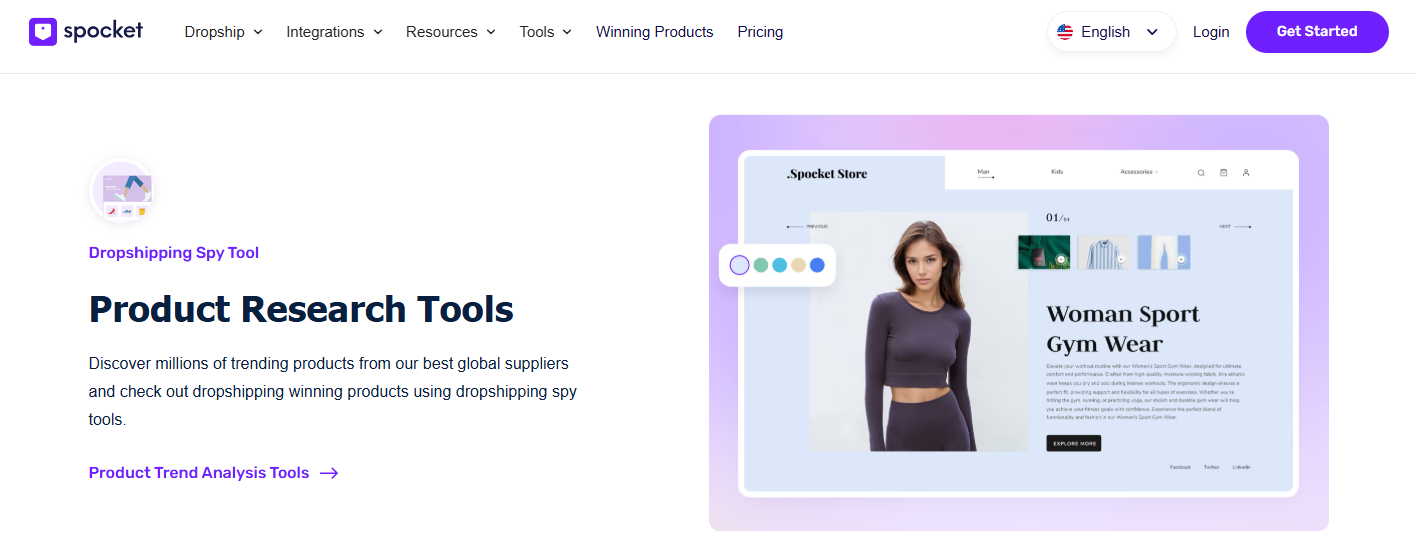
Spocket is a dropshipping marketplace focused on US and EU suppliers, ensuring faster delivery (often 2–5 day shipping domestically). It connects to your store via an app (Shopify, WooCommerce). Suppliers on Spocket are vetted for quality.
-
Advantages: Branded invoices and packaging options for a custom brand experience. High-quality, mostly domestic products (pet supplies, gadgets, fashion, etc.). Fast shipping appeals to customers (and is Amazon-friendly). 24/7 support is available.
-
Disadvantages: Monthly fee (~$39.99 Starter plan for full features) makes it pricier than free AliExpress apps. The number of products is smaller, and many top features (branded invoice, premium suppliers) require higher-tier plans.
Best for dropshippers targeting US/EU markets who prioritize shipping speed and brand consistency.
8. Zendrop — Beginner-Friendly Supplier & Fulfilment Sync

Zendrop is a Shopify app (soon on other platforms) built by dropship veterans. It offers a mix of products stored in US warehouses and overseas, plus options for print-on-demand. Its interface is streamlined for beginners, with features like auto-ordering and subscription boxes.
-
Advantages: Emphasis on reliable suppliers and fast shipping (many items ship in 5–8 days from US). Custom packaging and branded inserts are available. The app syncs orders and provides US inventory, making fulfillment predictable.
-
Disadvantages: Only works with Shopify stores. After a 7-day trial, even the unlimited plan is $49/month, which is steep for newbies. Product selection is smaller than AliExpress.
Recommended for Shopify sellers who want an easy middleman solution to get faster US shipping, at a higher monthly cost.
9. Modalyst — Good for Brand/Product Curation & Niche Items
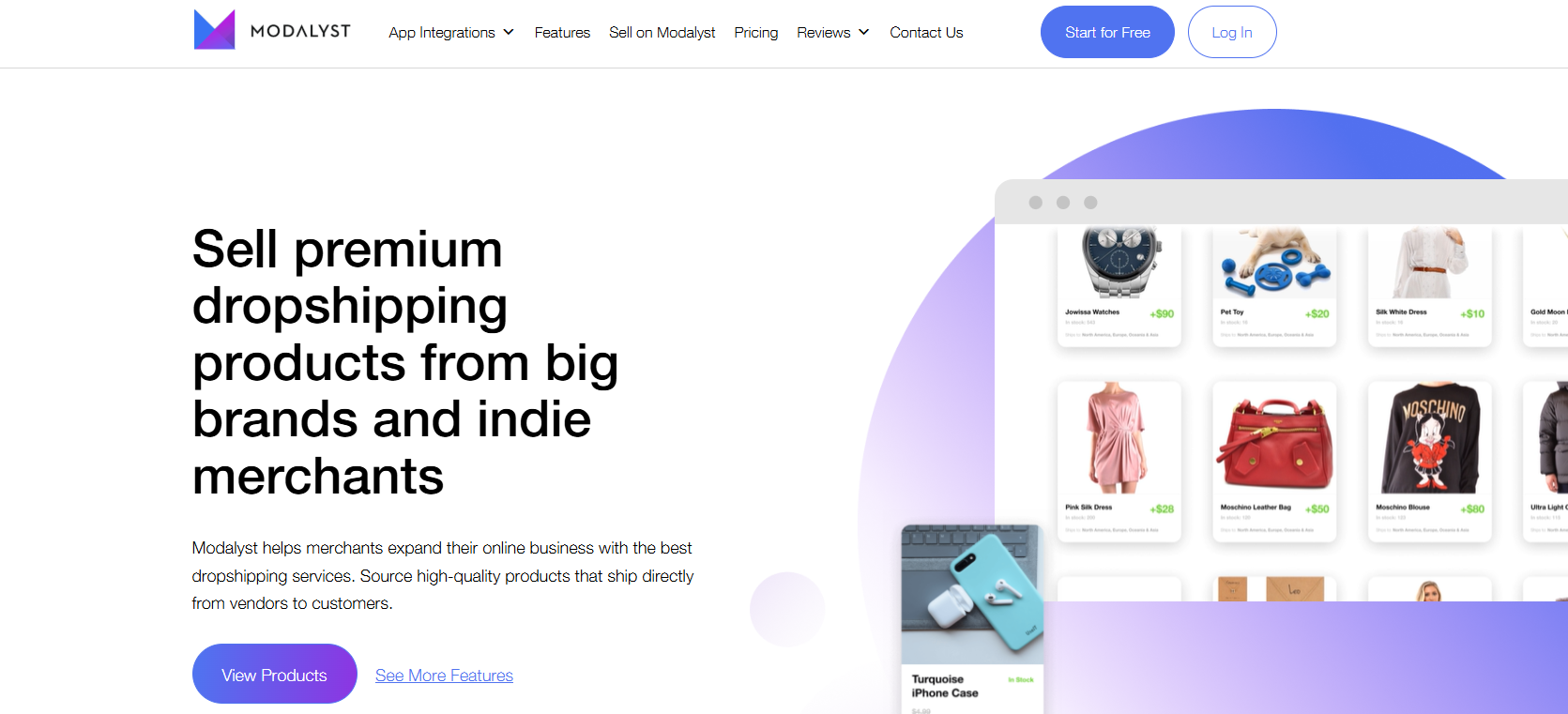
Modalyst is an automated dropshipping app that curates brand-name and niche products. It includes eco-friendly and luxury items, plus a private-label program.
-
Advantages: Carries known brands (boosts trust) and sustainable product lines. The free plan (25 products) still includes automation tools. It has a large product volume despite the low free limit. Also offers custom branding of products via private label dropshipping.
-
Disadvantages: Limited free tier (only 25 products). Popular products (esp. brands) may sell out fast. Some users report occasional app glitches. The product range, while curated, is smaller than big marketplaces, so finding hits can require more searching.
Great for tight budgets and stores wanting a curated or eco-friendly brand image.
10. SaleHoo / Worldwide Brands — Best Directories for Vetted Suppliers
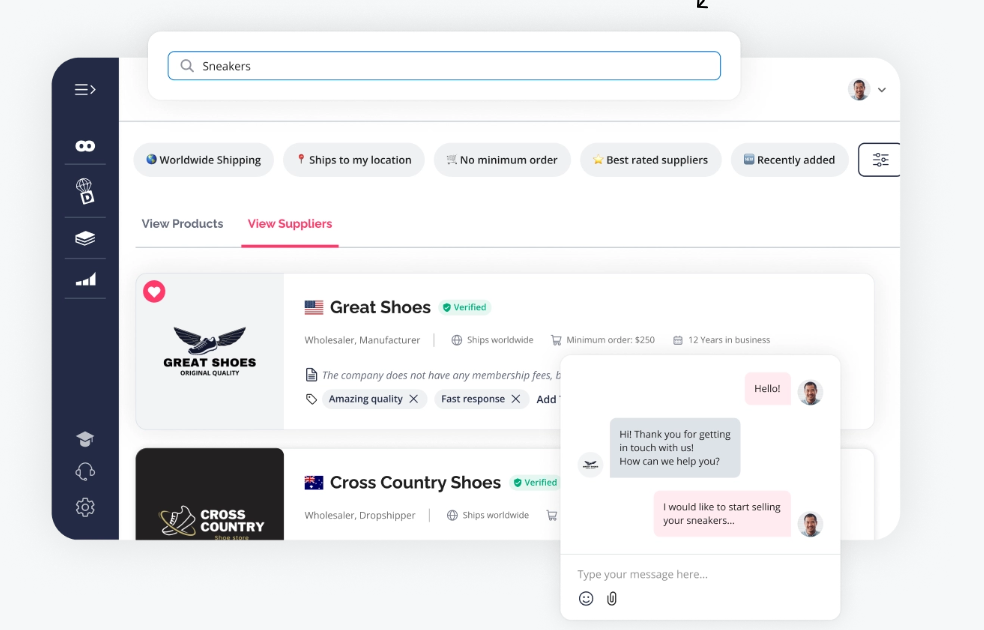
SaleHoo and Worldwide Brands are supplier directories (not traditional apps). They list thousands (SaleHoo) to millions (Worldwide Brands) of verified suppliers. You don’t import products via an app; instead, you contact suppliers yourself.
-
SaleHoo: Offers a directory of 8,000+ pre-vetted suppliers (over 2.5M products) for $67/year. It includes market research tools and a dropshipping app for Shopify. The emphasis is on supplier trust.
-
Worldwide Brands: One of the oldest directories (since 1999) with 16+ million certified wholesalers. One-time fee ($197) for lifetime access. Every supplier meets strict quality standards.
-
Advantages: Both provide reliable, hand-vetted suppliers, reducing fraud and quality risks. You get personal contacts and niche options that apps might not cover.
-
Disadvantages: They don’t automate order placement or inventory sync. You must email or API link orders yourself. SaleHoo’s dropship app only integrates with Shopify. There’s no free plan – SaleHoo requires paid access. Both require more legwork to set up (research suppliers, sample orders).
Useful for merchants who want to build personal supplier relationships and prioritize trusted sourcing, even at the expense of convenience.
Key Features to Compare When Choosing a Dropshipping Platform
-
Product Selection & Sourcing: Size and variety of the catalog. Does it tap US/EU warehouses (fast fulfillment) or only overseas? Look for niche alignment and brand partners.
-
Automation & Syncing: Inventory and order automation (one-click import, auto fulfillment) reduces manual work. Check if the platform provides real-time inventory updates.
-
Shipping Speed & Options: Which supplier locations and carriers are available? Fast shipping (3–5 days) boosts customer satisfaction in the US/EU. Compare domestic vs. international shipping times.
-
Pricing & Fees: Transparent pricing – note subscription cost, transaction fees, and per-order fees. Some charge monthly rates (Shopify, Spocket), others only pay per order. Hidden fees (premium app features, shipping surcharges) can erode margins.
-
Ease of Use: Setup speed and user interface. Hosted platforms (Shopify) handle tech aspects, whereas self-hosted (WooCommerce) offer flexibility but need more setup. Evaluate documentation and support availability.
-
Customization & Branding: How much can you tailor your store’s look and brand (logos, packing slips, inserts)? Platforms like Printful and CJdropshipping support custom packaging (important for branding).
-
Integrations: Compatibility with your preferred tools. Look for official apps or plugins for Shopify, WooCommerce, Amazon, and emerging channels (TikTok, Instagram).
-
Support & Community: Quality of customer service (live chat, email) and whether there’s an active user forum. Some platforms offer onboarding assistance or training courses.
-
Reviews & Reputation: Check user reviews and Trustpilot scores. A good supplier platform should have positive seller feedback and minimal complaints.
Tools & Apps That Pair Well with These Platforms (Must-Have Add-Ons)
-
Dropshipping Apps: Oberlo/DSers (AliExpress imports), Spocket (US/EU sourcing), CJdropshipping, Printful/Printify (POD), Zendrop, Modalyst.
-
Product Research: Sell The Trend, NicheScraper, Google Trends. Identify winning products and trends.
-
SEO & Analytics: Google Analytics, Google Search Console, Ahrefs/SEMrush, Yoast SEO (WordPress) to optimize store visibility.
-
Email Marketing: Klaviyo, Mailchimp, or Omnisend for automated email campaigns and abandoned cart recovery.
-
Advertising/Retargeting: Facebook/Instagram ads, Google Ads, Facebook Pixel, Google Tag Manager to build audiences.
-
Customer Service: Chatbots (Tidio, ChatGPT-based assistants) and CRM tools for responsive support.
-
Design & Branding: Canva or Photoshop for product images, Zapier for automating tasks (order notifications, inventory updates).
-
Payment/Accounting: Stripe/PayPal integration, and accounting tools like QuickBooks or Xero for bookkeeping.
Each dropshipping platform supports a range of complementary tools; focus on those that automate fulfillment, boost marketing, and streamline your workflow to save time.
How to Set Up a Beginner-Friendly Dropshipping Store
-
Choose Your Niche: Identify a product category you’re passionate about or see demand in (e.g. pet products, fitness accessories). Use tools like Google Trends or SaleHoo Insights to validate ideas.
-
Select a Platform: For ease, start with Shopify (30-day free trial). If you prefer total control, set up WooCommerce on WordPress hosting. Install your chosen dropshipping apps (DSers for AliExpress, CJ for suppliers, Printful for POD).
-
Build Your Store: Pick a clean, mobile-responsive theme. Add high-quality product images and descriptions. Ensure easy navigation (clear categories, search bar) and fast load times.
-
Import Products: Use your dropshipping apps to import curated products. Edit titles, descriptions, and prices. Set competitive pricing and include a healthy profit margin.
-
Configure Payment & Shipping: Set up payment gateways (Shopify Payments, Stripe, PayPal). Define shipping zones and rates (offer flat-rate or free shipping to the US/EU if feasible). Enable tracking updates.
-
Add Essentials: Create an About page and store policies (Privacy, Terms, Returns) to build trust. Install email capture/pop-up and review apps to engage visitors. Integrate Google Analytics and Facebook Pixel for tracking.
-
Test Everything: Do a mock checkout to ensure payments and order forwarding work. Verify email notifications. Ask friends to browse your site and provide feedback.
-
Launch & Market: Once live, start driving traffic. Use SEO techniques (keywords, meta tags), run social media ads, and leverage email marketing. Provide excellent customer service to encourage repeat buyers.
By following a step-by-step setup and focusing on a tight niche, beginners can create a professional dropshipping store that’s easy to manage and optimized for conversions.
FAQ for Dropshipping Platforms
-
Q1: Is dropshipping still profitable in 2025?
A: Yes – with low overhead, dropshipping can yield healthy margins (average 15–20%). Profit depends on choosing good products, reliable suppliers, and effective marketing. -
Q2: Which platform is best for dropshipping beginners?
A: Shopify is often easiest for newbies (all-in-one setup, many dropshipping apps). WooCommerce is great if you want full control and lower fees. Choose based on your budget and technical comfort. -
Q3: Can I dropship on Amazon?
A: Yes, Amazon allows dropshipping if you follow its policy: you must be the seller of record, remove supplier info from packages, and handle returns. It involves monthly fees and strict rules. -
Q4: What are the main risks in dropshipping?
A: Common risks include supplier issues (stockouts, quality problems), long shipping times, and thin profit margins due to competition. Mitigate these by vetting suppliers and managing customer expectations. -
Q5: Should I focus on US suppliers or global suppliers?
A: If your market is mainly the U.S., using U.S./EU suppliers (e.g. via Spocket, CJ, Zendrop) ensures faster shipping and happy customers. If you want the cheapest products and a wider catalog, global suppliers (AliExpress/CJdropshipping) offer more variety but slower delivery.

